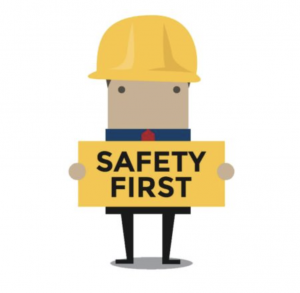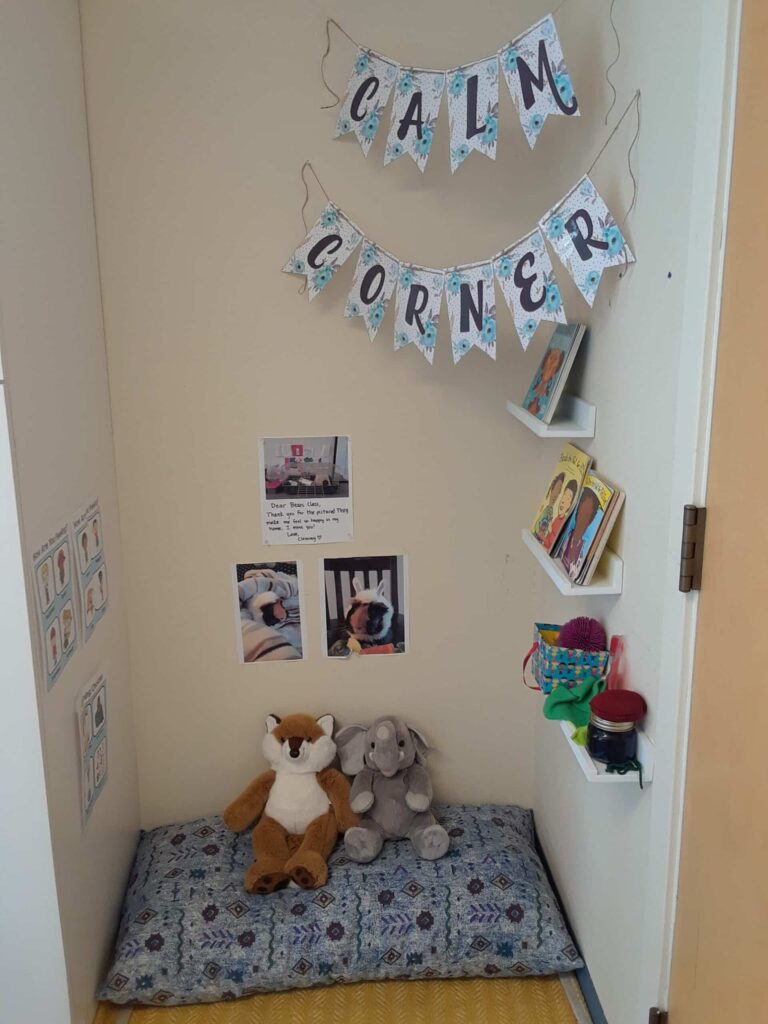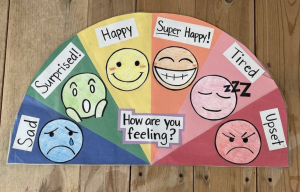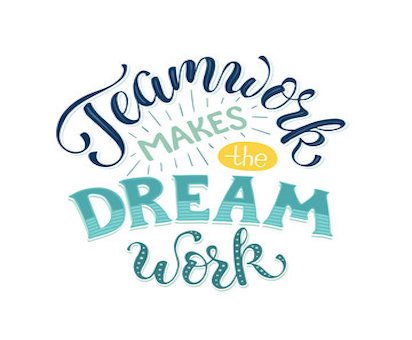Fail-safe choices
When their physical needs are met, and kids know what comes next, they can choose to communicate with words, and one word they might choose to use is "No!"
If we, as adults, have a desired outcome (going to the bathroom, cleaning up the toys, or getting ready to head back from the park), confronting them with "Yes!" is more likely to devolve into a power struggle than convince them to join our team. Let's change the question!
Buddings teachers practice non-violent crisis intervention, respecting children's autonomy and their right to choose, while also ensuring that they (and everyone) stay safe! We do this by setting limits, and offering options that lead to success.
❌ Do you want to go to the bathroom?
✔️ It's time to go to the bathroom. Should we bring the puzzle with us, or leave it on the table?


Avoid arbitrary rules: explain them with safety

Kids want to know why they have to follow the rules.
At daycare, it's easy! Licensing dictates the minimum standards of care, including how often kids need to eat and visit the bathroom, and we have policies for wearing shoes inside, holding hands on walks, and keeping the space tidy. For safety!
When children have their own ideas, we show how it keeps them safe, so they can see the benefits. For kids with growing vocab, explaining the situation objectively can also build respect for our authority.
❌ No running!
✔️ There are blocks and cars on the floor. If you run while it's messy, you could trip. Let's clean them up and make it safe. Should we make an obstacle course?
Pro tip: Post a sign. If it's written on the wall, it must be true! 😉
Find solutions that fit the problem
 We have to wear shoes inside, because there may be pointy toys on the floor, and if you step on them, you could hurt your foot.
We have to wear shoes inside, because there may be pointy toys on the floor, and if you step on them, you could hurt your foot.
If the children are calm enough to understand our explanation, but refuse to comply with the requirement, we have to listen for the reason, so we can find a good solution.
If the inside shoes are wet, or too small, a child's reluctance to put them on is completely understandable. What can we do? Sometimes, we have to think fast!
Do they want to wear daycare shoes? (We have spares!) Or they can wear their outside shoes (snow boots, too! No problem!). Or, they can sit on the couch, where their feet will be safe.
By offering agency over their own body and life, we show children that their opinions are important to us. We earn their respect by respecting them. And when all the options are acceptable, the choice is theirs!
Safe spaces for big feelings
 As children develop and become more aware of their autonomy, it's very normal to experiment with different forms (and volumes) of refusal, including crying, screaming, or physical behaviours that could harm themselves or others. It can be shocking, but it's still very normal, and the world doesn't change as a result.
As children develop and become more aware of their autonomy, it's very normal to experiment with different forms (and volumes) of refusal, including crying, screaming, or physical behaviours that could harm themselves or others. It can be shocking, but it's still very normal, and the world doesn't change as a result.
Early childhood educators help kids learn to achieve their goals appropriately in society. Even when we explain (with safety!) that a request is not possible, and give choices that lead to success, we understand that kids may still be upset.
We can offer a quiet corner, where they can express their feelings in private, with a teacher, or on their own. The world can be tough, and if children choose to scream or cry, we can respect that, but coping comes from communicating.
 Learning to talk about their feelings, without being overwhelmed, is the first step, and even if they're not quite ready for that, we can help them draw, act, or point out the emotions.
Learning to talk about their feelings, without being overwhelmed, is the first step, and even if they're not quite ready for that, we can help them draw, act, or point out the emotions.
When they feel better, or when they decide that they would like to rejoin the group, we are more than ready to welcome them back.
